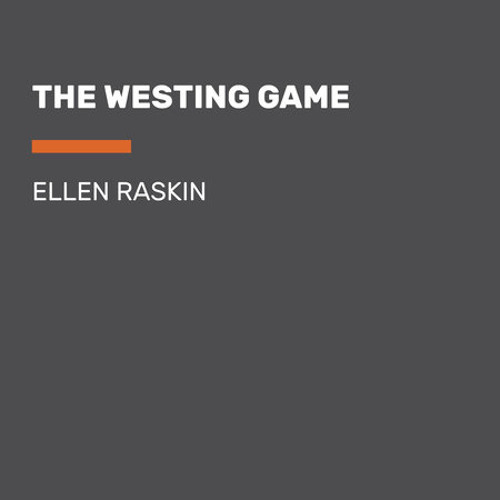

It seemed that there was nothing he could not do. John Paul II as a tower of strength early in his papacy. Unfortunately for “normal people” this also takes away the person capable of teaching life’s lessons in learning charity.Įveryone saw St.

But why would you eliminate the most virtuous person in the book? Quite simply, because he requires additional care which makes him expensive and not useful. Having treated Chris with tenderness throughout the novel, the author then leaves the reader with the impression that it is a good thing to make sure that people with genetic problems, like Chris Theodorakis, are never born. While the other characters grow in maturity and express authentic love at times, Chris expresses love at all times. In the novel, the only truly admirable person is Chris Theodorakis. Because it is necessary, the decision becomes almost noble. Raskin presents the decision as a sad but necessary thing to do. The author presents this statement as though there are no problems with deciding to not have children because of the risk of genetic problems. Ellen Raskin presents Chris in a generous light throughout the novel but at the conclusion shows a horrible blindness towards the disabled.ĭuring the moving and poignant ending, one of the characters suddenly reveals that she is not going to have children because they may inherit Chris’ disease. Gentle Chris is in a wheelchair and goes into twitches and spasms at times. As well, Chris is the only character in the book with a serious disability.Īs the “normal” people plot against those who may gain the inheritance, Chris watches birds flying over Lake Michigan and tries to be helpful to everyone. Only one person, 15-year-old Chris Theodorakis, is consistently kind and charitable to everyone in the story. Almost all the characters in the novel exhibit the normal flaws we see in people. The central character, Turtle Wexler, cleverly puts all the pieces together by story’s end. Sam Westing, a millionaire, has agreed to give his inheritance to the relative who deciphers the puzzles involved in his estate. I accuse her of supporting and justifying genetic selection at the conclusion of the book. Having said all these flattering things about the book, I now find myself attacking Raskin’s viewpoint. It is not surprising to me that the novel has achieved such renown, given its literary qualities. On some lists it has been voted as one of the top 100 adolescent novels in history. It is a complicated but fascinating book, with its many subplots and endearing characters. “The Westing Game” by Ellen Raskin won the Newbery Medal for the “most distinguished contribution to children’s literature” in 1979. While I will continue to seek to recommend books of high literary value, one important issue raised in this novel that needs to be addressed. In the nearly 10 years that I have been writing the “Children’s Literature Bookshelf,” I have strenuously tried to never attack an author’s literary position. "A fascinating medley of word games, disguises, multiple aliases, and subterfuges-a demanding but rewarding book.Penguin Books, New York, 1978, 182 pages, Grades 7 and higher. "Great fun for those who enjoy illusion, word play, or sleight of hand." - The New York Times Book Review "A supersharp nfoundingly clever, and very funny." - Booklist, starred review

Winner of the Boston Globe/Horn Book AwardĪ School Library Journal One Hundred Books That Shaped the Century They could become millionaires-it all depends on how they play the tricky and dangerous Westing game, a game involving blizzards, burglaries, and bombings! Ellen Raskin has created a remarkable cast of characters in a puzzle-knotted, word-twisting plot filled with humor, intrigue, and suspense. This highly inventive mystery involves sixteen people who are invited to the reading of Samuel W. For over thirty-five years, Ellen Raskin's Newbery Medal-winning The Westing Game has been an enduring favorite.


 0 kommentar(er)
0 kommentar(er)
